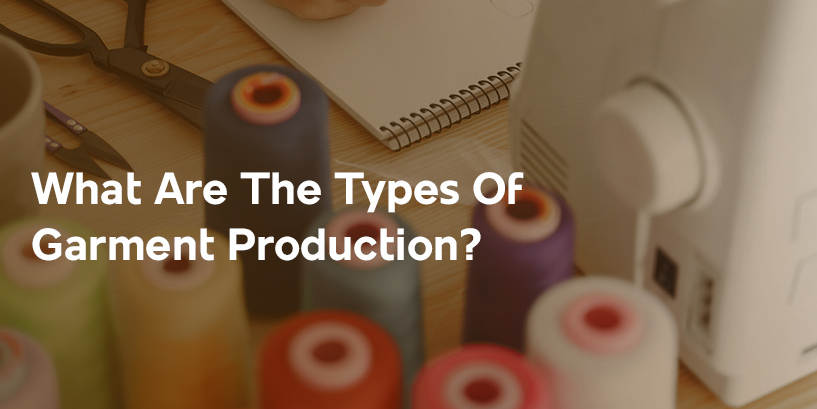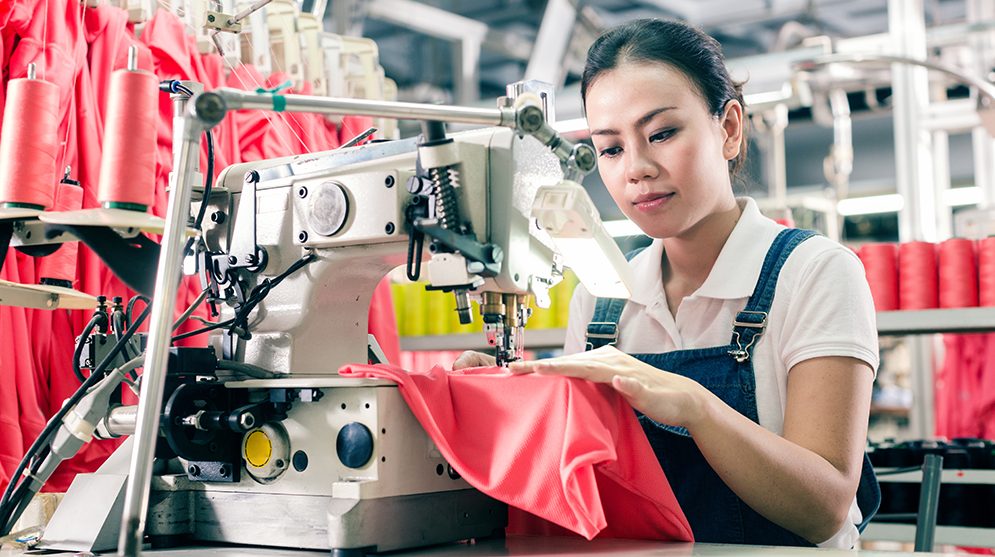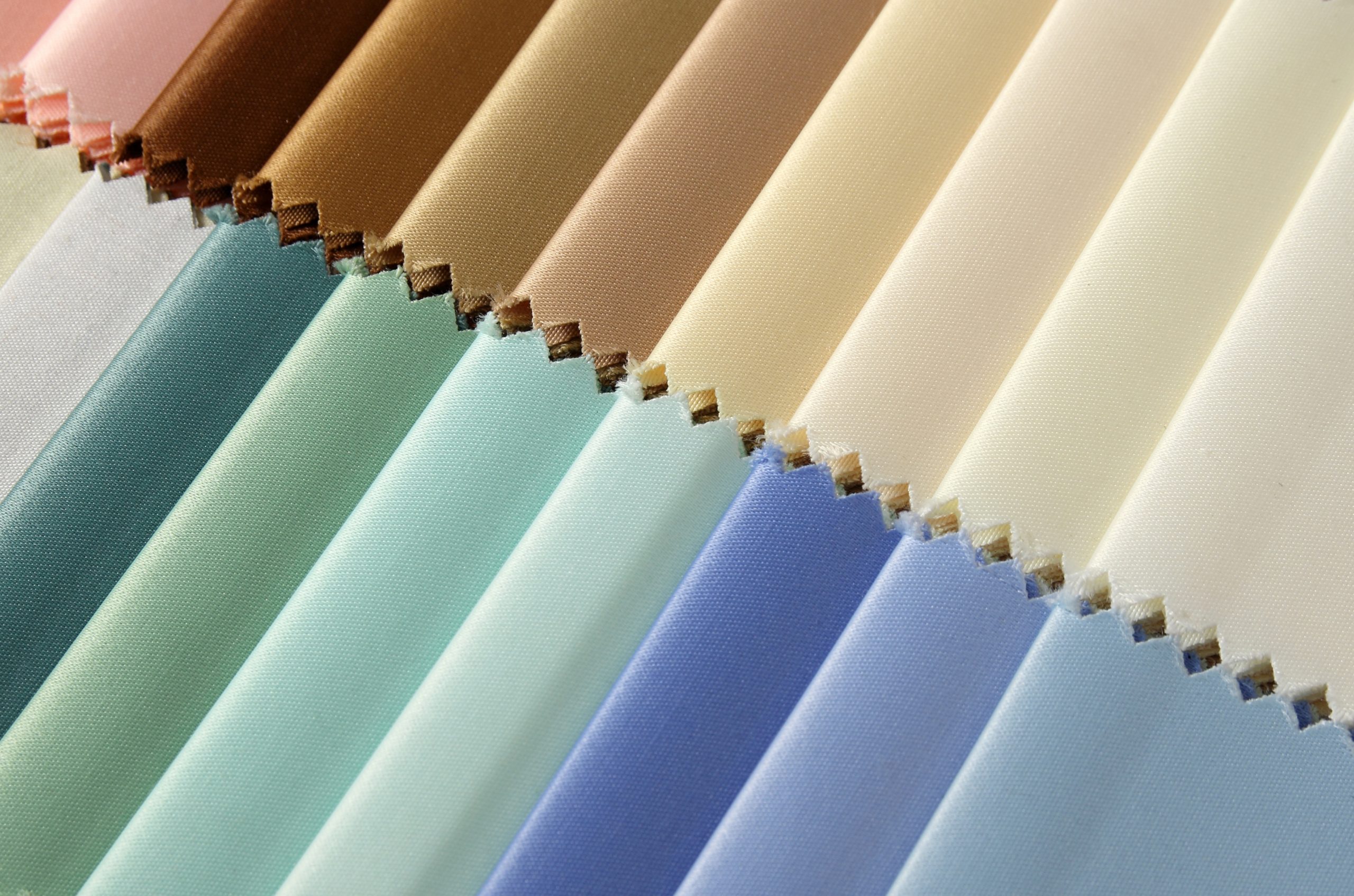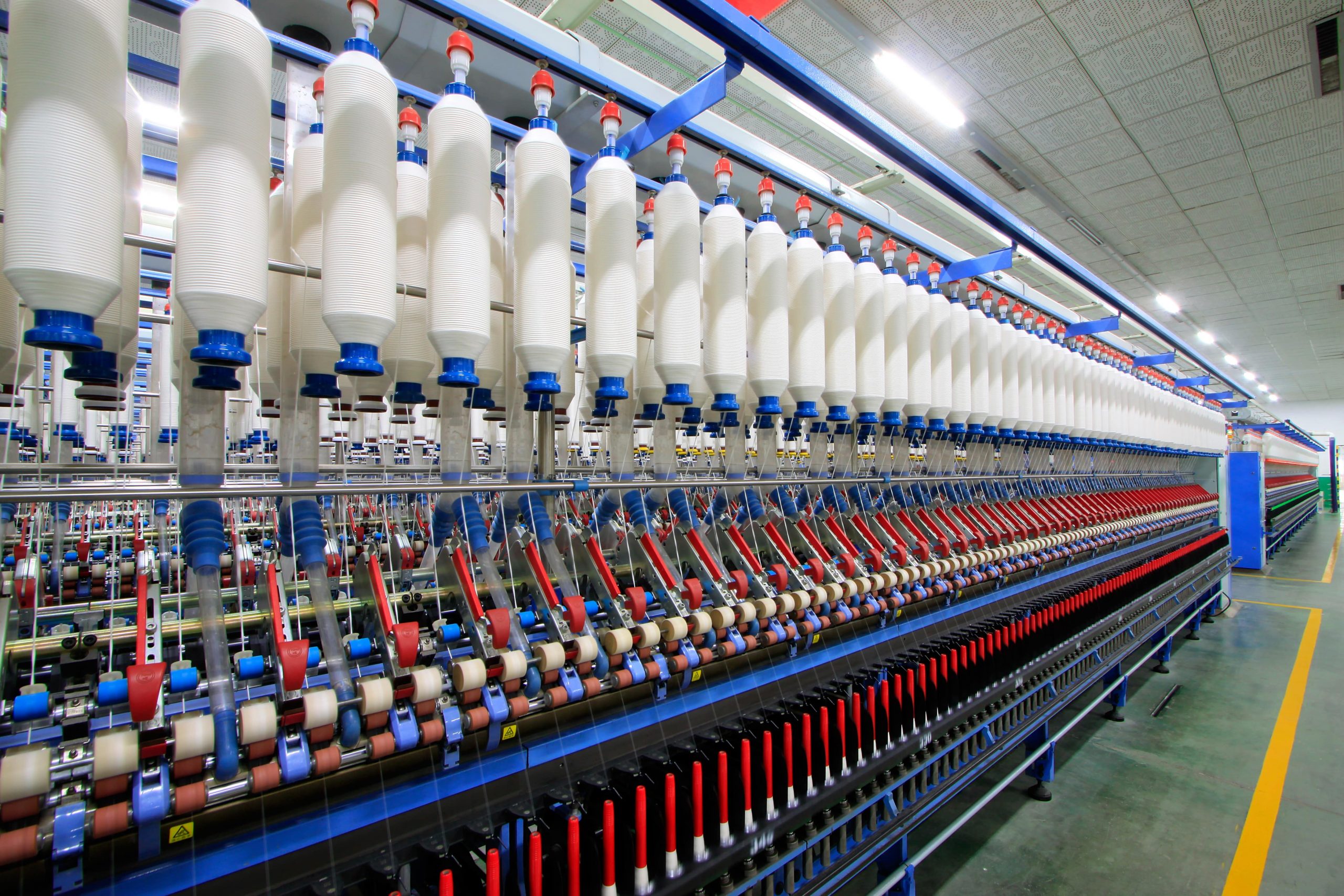We’ve all bought and neatly arranged racks and racks of clothes in our homes. But how do these clothes get there? Every garment you’re wearing makes a long journey that begins with yarn manufacturing. Then, the yarn is spun into the fabric which is then stitched into garments. But even here, there are variations. What are the types of garment productions?
There are four main types of garment production systems. They include Make-Through, Progressive Bundle, Unit Production, and Modular System. The volume of clothes that can be produced is different. The factory can use a combination of these systems to produce garments.
Read further to learn exactly how your clothes are made.
What Are The Types of Garment Production Systems?
Mass garment production began in the mid-nineteenth century. Before that, people usually made their clothes or bought them from boutique shops. Before the industrial revolution, garments were considered a cottage industry, which was the extent of mass production. But only after the industrial revolution did fashion start becoming what it is today.
There are many types of garment production systems in use today to keep up with the needs. Some require high-end technology, while others rely only on humans. But in both production methods, the similarity is that clothing is always put together using human hands.
Individual/Make-Through System
The make-through production system uses a single tailor for all aspects of garment production. The tailor is responsible for making the pattern, cutting the cloth, stitching, and finishing it. This manufacturing system is mostly used in small-scale businesses where production quantities are low.
The make-through system is the oldest method of garment production that is still in use today. The process isn’t streamlined and could hamper productivity. That is one of the major shortcomings of this system. But, the make-through system does help produce identical outputs as a single tailor is responsible for the whole process.
Another disadvantage of the make-through system is that it has high production costs. The labourers have to be highly skilled, which amps up the expense. But the tailors don’t have to be trained to operate heavy machinery as required in other systems. The make-through system is how most businesses begin their operations. The system also works well in tandem with other garment production systems.
Progressive Bundle System
This is another traditional production system that is more streamlined than the make-through system. The progressive bundle system also relies heavily on manpower to propel the operations. The name of the system is a perfect explanation of how it works. Tailors are lined up and each given a single task. Each tailor is given a bundle of clothes to complete their operation on. Then, the bundle is tied up and passed to the next operator.
The progressive bundle system fastens the pace of apparel production as the tailor has only one responsibility. So there’s no time wasted in putting supplies away or getting a tool out. The progressive bundle system may seem tedious, but it’s one of the best ways to increase the production quantity without too many expenses.
The progressive bundle system also allows tailors to be fairly low-skilled. Since they’re given a single task, it’s sufficient if they’re good at their one responsibility. The system needs to be a well-oiled machine to work. So a hitch with even one tailor affects the whole production line. This method is also time-consuming as time is wasted assembling and passing the bundles.
Section Production System
The section production system is a variation of the progressive bundle system. Here, the tailors are divided into sections instead of in a line. This is a way to solve the line-balancing issue that could happen in a progressive bundle system.
One-Piece Flow System
This is another variation of the progressive bundle system. Instead of a bundle of clothes moving through the production line, it’s a single piece. All other aspects remain the same. A worker is responsible only for one duty. So the tailors don’t have to be skilled workers.
Unit Production System
The unit production system is a fancy alternative to the progressive bundle system. A computerised assembly line transports the garment from one station to the next. This solves the issue of lags that arise in the PBS. The unit production system facilitates uninterrupted workflow, which results in increased productivity.
Since there is only a single garment transported and not a bundle, there are fewer chances for an assembly line to hold up. So a hitch with a single tailor will not affect the whole line.
The unit production system is best for manufacturers that produce a huge volume output. The initial installation cost is very expensive. But the increased production capabilities help you easily recover the cost.
The tailors don’t have to be highly skilled to work this production system. Since the assembly machine is automated, the tailors will not need specific technological knowledge. But you may need a maintenance person on staff since if there’s a machine fault, the whole line is affected.
It’s easy to maintain quality in the clothes using this system. Each garment is tracked using the system. So if there’s any rework necessary, the workers can easily identify the faulty piece and make the corrections. The system is also handy because it facilitates expansion easily. You can add more workstations and make changes to the workstations without much hassle.
Modular Production System
This garment production system relies on a section’s teamwork to fully finish a garment. The team can set their own work pace and decide who takes what role. A single tailor is usually responsible for more than one duty. This means skilled workers are necessary to make this production system work.
The sequential workflow helps to make workers productive and produce more garments in lesser time. Since it is fully man-powered and the team works together, there is a better opportunity to troubleshoot if any problems arise.
This system could pose some challenges at an individual level as the team’s output measures the performance. Not at an individual scale. So the whole team will be responsible for your success. But since the workers have to be multi-skilled, this won’t pose too big a problem.
What Are The Steps In Garment Production?
The systems that we’ve discussed now are but the final stages in garment production. The pre-production stage is a big part of the complete process. Here’s what’s necessary for your favourite clothing to hit the shelves.
Fabric Making
The fabric is the utmost necessity of garment production. This step usually precedes even designing. But if the fabric is custom-made, outfit design is the first step to production.
Pattern Making
Each size of clothing in the shops is first drawn into patterns. The patterns are made on pattern paper and then traced onto every fabric before it’s cut. Large-scale production units use software to break down the pieces necessary before the pattern is made. This helps produce uniform garments and reduces the margin of error.
Before large-scale production begins, tailors first create samples of every size. If there are any patterns mistakes, it’s easier and less expensive to correct them first.
Fabric Relaxing
Most new fabrics from the mills are stiff and have a layer of starch on them. But this may hamper the sewing process. So before the fabric is cut, it is first relaxed. This step involves agitating and pulling the fabric to release tension. This helps minimise shrinkage once the customer wears it.
Fabric Cutting
This is a crucial step that determines the quality of the output. The fabric is laid out and the pattern placed on. Then, the workers stencil the pattern onto the fabric. In larger units, machines are often used for pattern marking. Garment makers use technical calculations to ensure that the fabric is optimally used. Otherwise, wasted fabric leads to a huge loss in profit.
Manufacture
Once the fabric is cut, any one of the garment production systems is used to stitch the fabrics together. This step also includes quality control to ascertain that the process is run properly. The time taken for manufacturing depends on the complexity of the pattern and the volume of production. Once the clothes are fully stitched, it is sometimes laundered or ironed to make the result more attractive.
Delivery
After this tedious process, the clothes are taken to the brand’s warehouse. After this, the brand distributes the units for display and stock in individual shops. If it’s small-scale production, then a central warehouse may not be necessary.
Many of us don’t think about the amount of work required in making our clothing. A single t-shirt takes weeks to make from the drawing board to the clothing rack.



